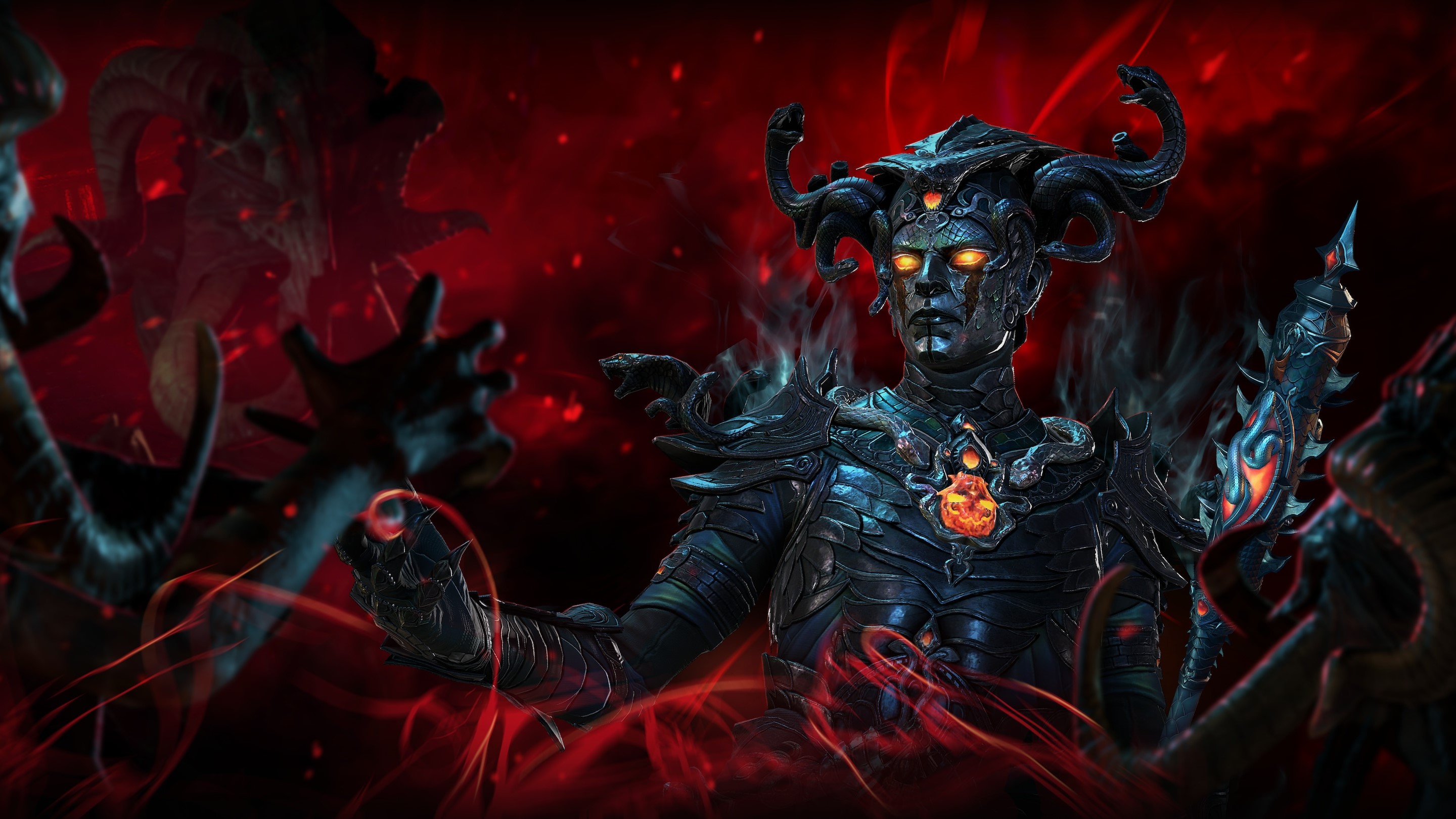NVIDIA unveils RTX 3090, RTX 3080, and RTX 3070: Everything you need to know
The RTX 3090, RTX 3080, and RTX 3070 offer the 'greatest-ever generational leap' in GeForce history.
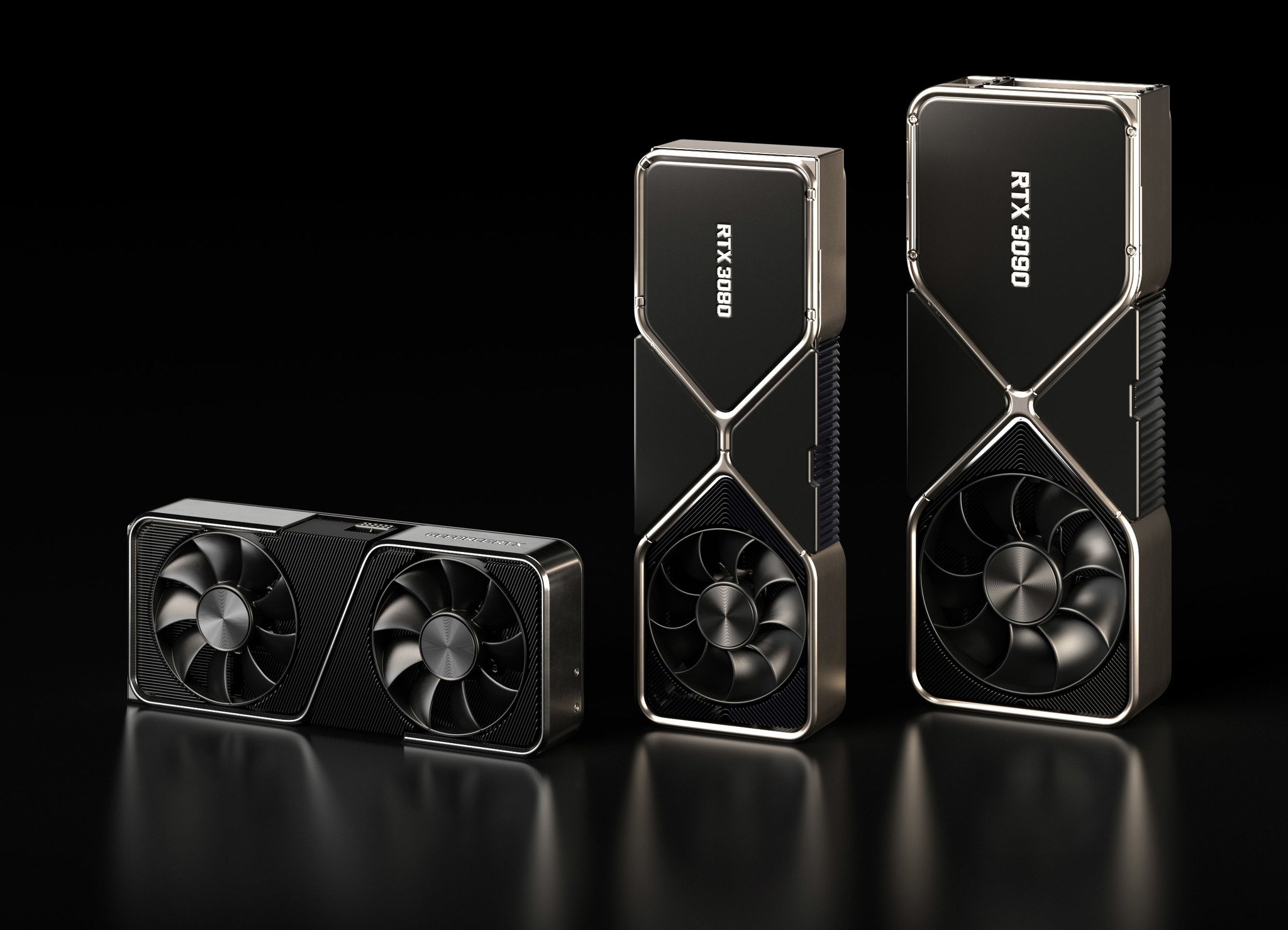
What you need to know
- NVIDIA has unveiled the first GPUs powered by Ampere — the RTX 3090, RTX 3080, and RTX 3070.
- The GPUs offer up to a 2x increase in performance and 1.9x increase in energy efficiency from the Turing-based RTX 20 series.
- The cards feature second-gen RT cores, GDDR6X memory, and are built on an 8nm Samsung node.
- Availability kicks off from September 17 for the $699 RTX 3080 and September 24 for the $1,499 RTX 3090. The $499 RTX 3070 will debut in October.
After months of leaks and teasers, NVIDIA has unveiled the RTX 30 series. The new cards are powered by the Ampere architecture, and NVIDIA is announcing three GPUs at launch: the RTX 3090, RTX 3080, and RTX 3070. Let's start with the basics: NVIDIA is touting up to a 2x increase in performance from the RTX 20 series and up to 1.9x increase in energy efficiency, with the cards built on an 8nm node at Samsung Foundry. Considering the RTX 2080 and RTX 2070 are two of the best video cards for gaming, it's exciting to see the gains on offer here.
The RTX 30 series also features second-gen RT cores, new streaming multiprocessors, third-gen Tensor cores, and GDDR6X video memory. The cards are the first in the world to feature HDMI 2.1 connectivity, allowing for 8K video playback and gaming. The cards are also compatible with the AV1 codec, which delivers HDR visuals while taking up significantly less bandwidth than traditional codecs.
NVIDIA is also touting a dual-axial flow-through thermal solution with a unibody design that delivers double the cooling performance as previous RTX cards. And as leaks suggested a few weeks ago, the RTX 30 series picks up 12-pin connectors, with NVIDIA adding an adapter in the box to make existing 8-pin solutions compatible with the new cards.
There is a lot to cover, so let's start off with a high-level overview of the Ampere architecture and then we'll get to what's new with the RTX 3090, RTX 3080, and RTX 3070.
Ampere architecture: Scaling RTX for the mainstream

Ampere delivers sizable performance gains over Turing, with NVIDIA touting up to 30 TFLOPS of power for the RTX 30 series. The architecture sees a new streaming multiprocessor with double the floating point (FP32) performance of its predecessor. NVIDIA is also introducing second-gen RT cores with double the throughput and significant gains in shading and compute.
Ampere offers sizable performance upgrades across the board.
It's a similar story with the new Tensor cores, with the third-gen cores delivering double the throughput. This is particularly interesting as it allows NVIDIA to scale DLSS, its AI-based upscaling engine that offers better texture fidelity while consuming fewer resources.
You'll also see better load times in games thanks to RTX IO, with the feature working alongside Microsoft's DirectStorage for Windows API to increase input/output performance by up to 100x. It does so by offloading game asset decompression to the GPU.
Get the Windows Central Newsletter
All the latest news, reviews, and guides for Windows and Xbox diehards.
Ampere cards are build on Samsung's 8nm node, down from the 12nm used for Turing. Switching to the 8nm node leads to better efficiency and higher transistor density. And finally, NVIDIA is debuting GDDR6X video memory with the RTX 30 series. Created in conjunction with Micron, GDDR6X enables memory bandwidth of up to 1TB/s.
NVIDIA is introducing new features to turbocharge FPS gaming.
With ray tracing baked into DirectX 12, Xbox Series X, and leading game engines, we should be able to see more titles that leverage the feature. To that effect, NVIDIA has announced that Fortnite is picking up ray tracing, and all RTX cards should be able to take advantage of the feature for more life-like visuals.
NVIDIA is also rolling out new features aimed at FPS gamers. NVIDIA Reflex is a new feature that aims to reduce latency in titles like Apex Legends, Call of Duty: Warzone, Fortnite, and Valorant by up to 50%. There's also a latency analyzer that's coming to 360Hz gaming monitors later this year.
Then there's NVIDIA Broadcast. The feature removes background audio noise and lets you blur out the background during streaming. You get the option to adjust the level of blur and even add video backgrounds, much like Zoom. Finally, there's NVIDIA Omniverse Machinima, a tool that lets users create high-quality cinematics using the RTX 30 series cards. Omniverse Machinima will be going live in beta from October, and you can sign up for early access right now.
NVIDIA RTX 3090: Paving the way for 8K gaming at 60fps
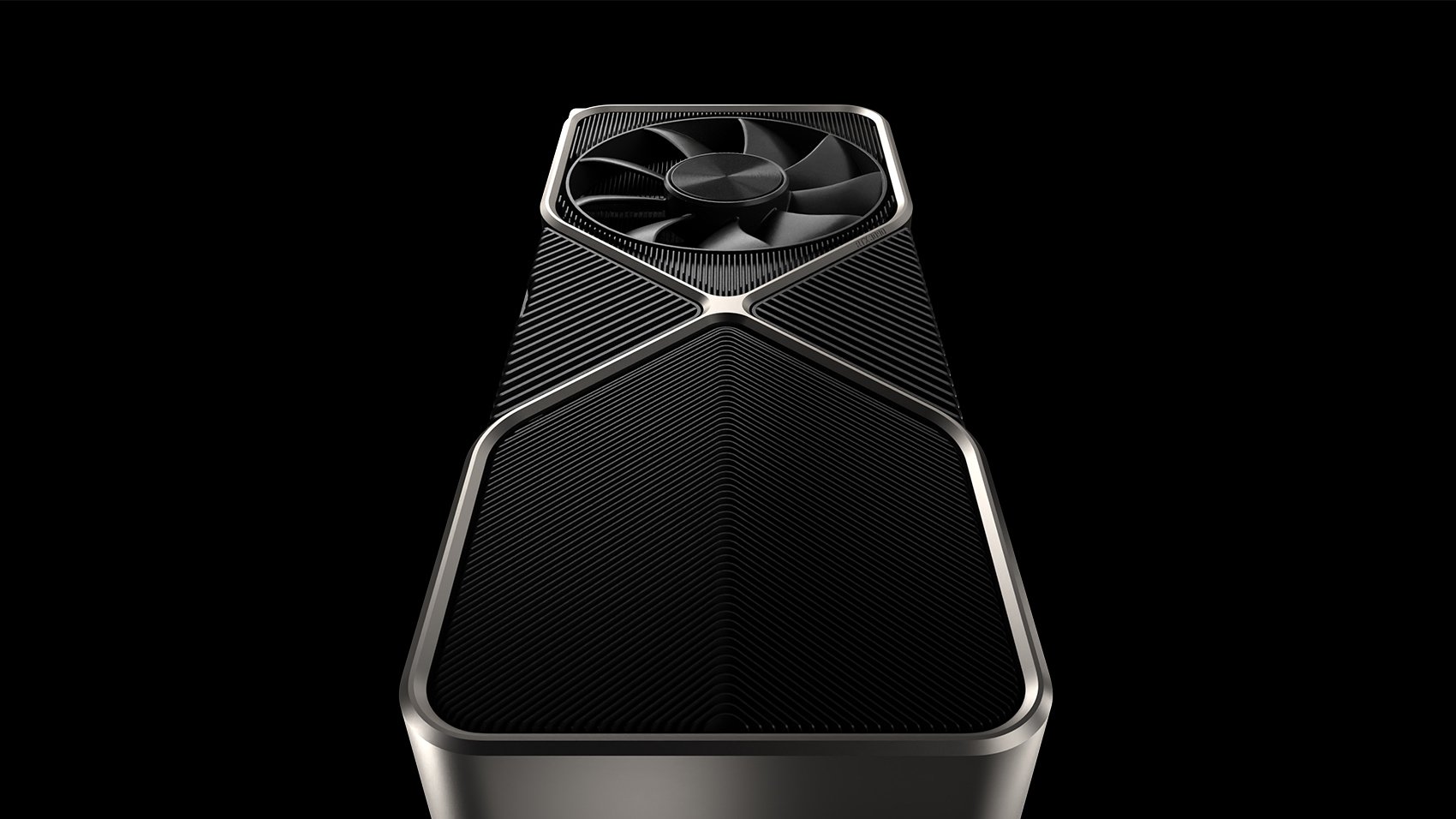
The RTX 3090 is the flagship offering in the RTX 30 series, and with the Founder's Edition retailing for $1,499, the card is positioned against the Titan RTX. NVIDIA says the RTX 3090 is up to 50% faster than the Titan RTX, and that it can deliver up to 60fps at 8K.
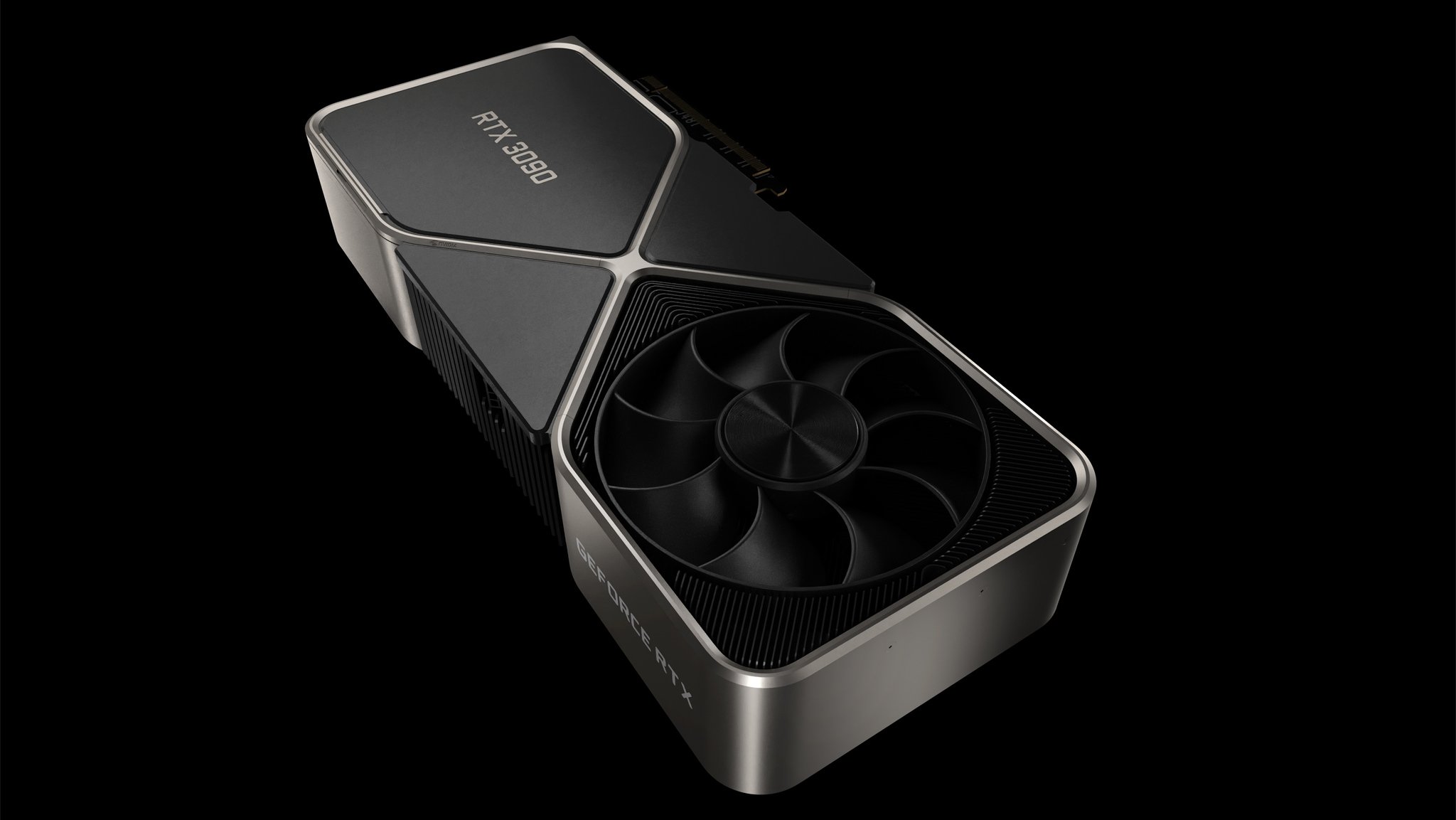
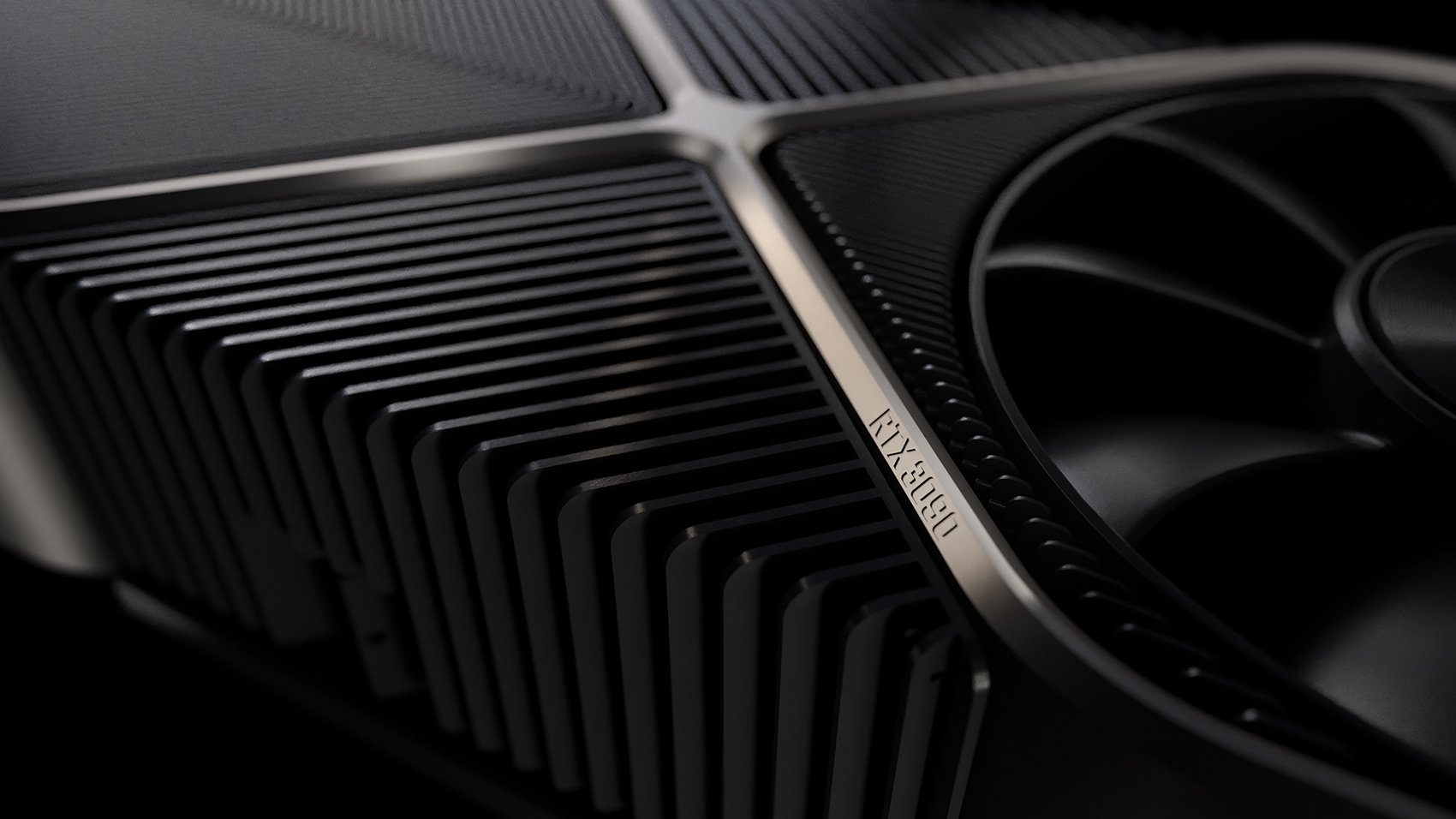
NVIDIA is calling the RTX 3090 the Big Ferocious GPU, and for good reason — the card has a massive three-slot design with the dual-axial thermal solution that's 10x cooler than the Titan RTX. You're getting an insane 24GB of GDDR6X video memory over a 384-bit wide memory interface, 5248 CUDA cores, HDMI 2.1 and three DisplayPort 1.4 ports.
NVIDIA RTX 3080: The enthusiast option for 4K gaming
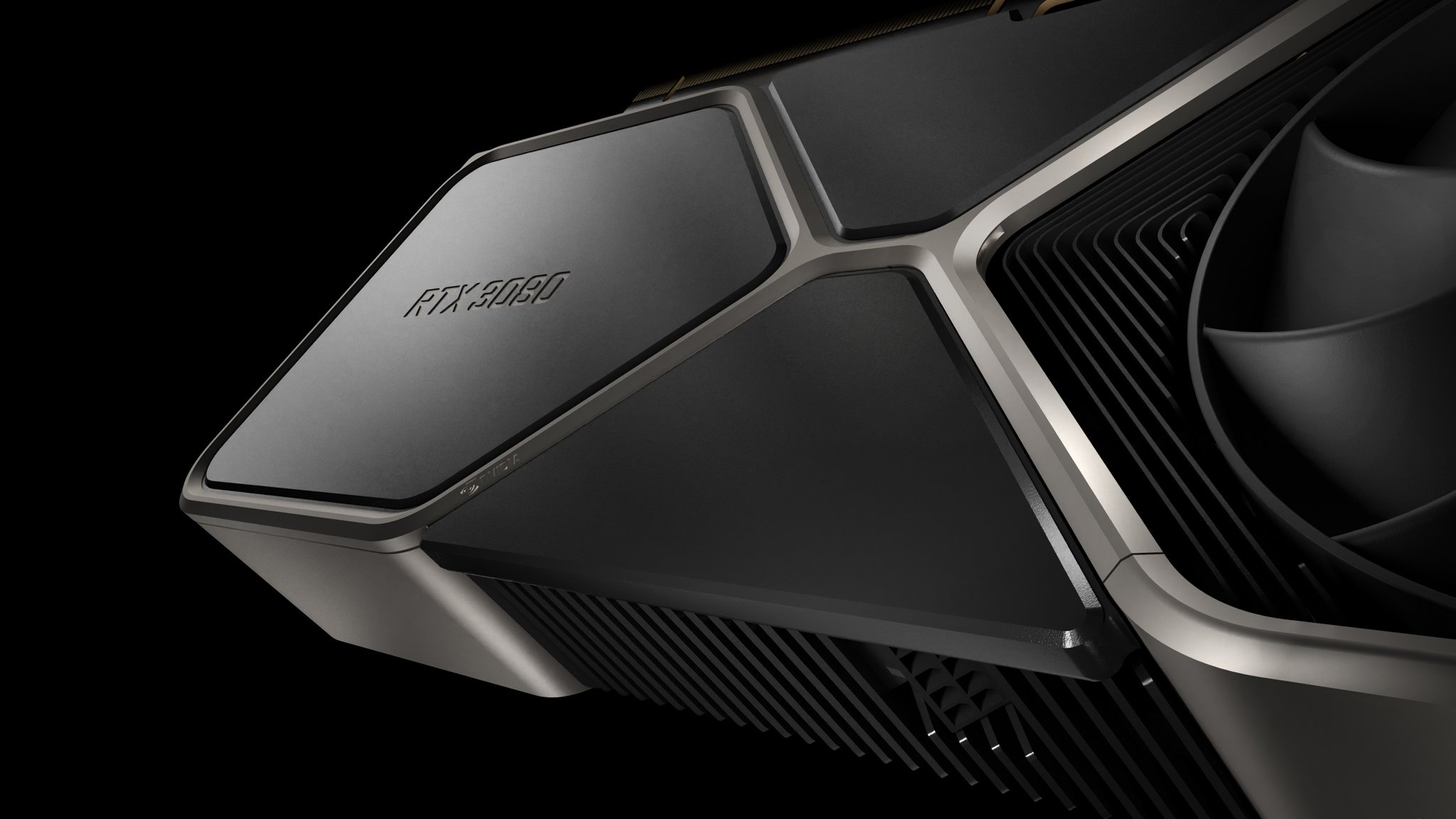
The RTX 3080 is positioned against the RTX 2080 Ti and the regular 2080, with the card available for $699. NVIDIA says the RTX 3080 is twice as fast as the RTX 2080 and that it is designed to deliver consistent 60fps at 4K.
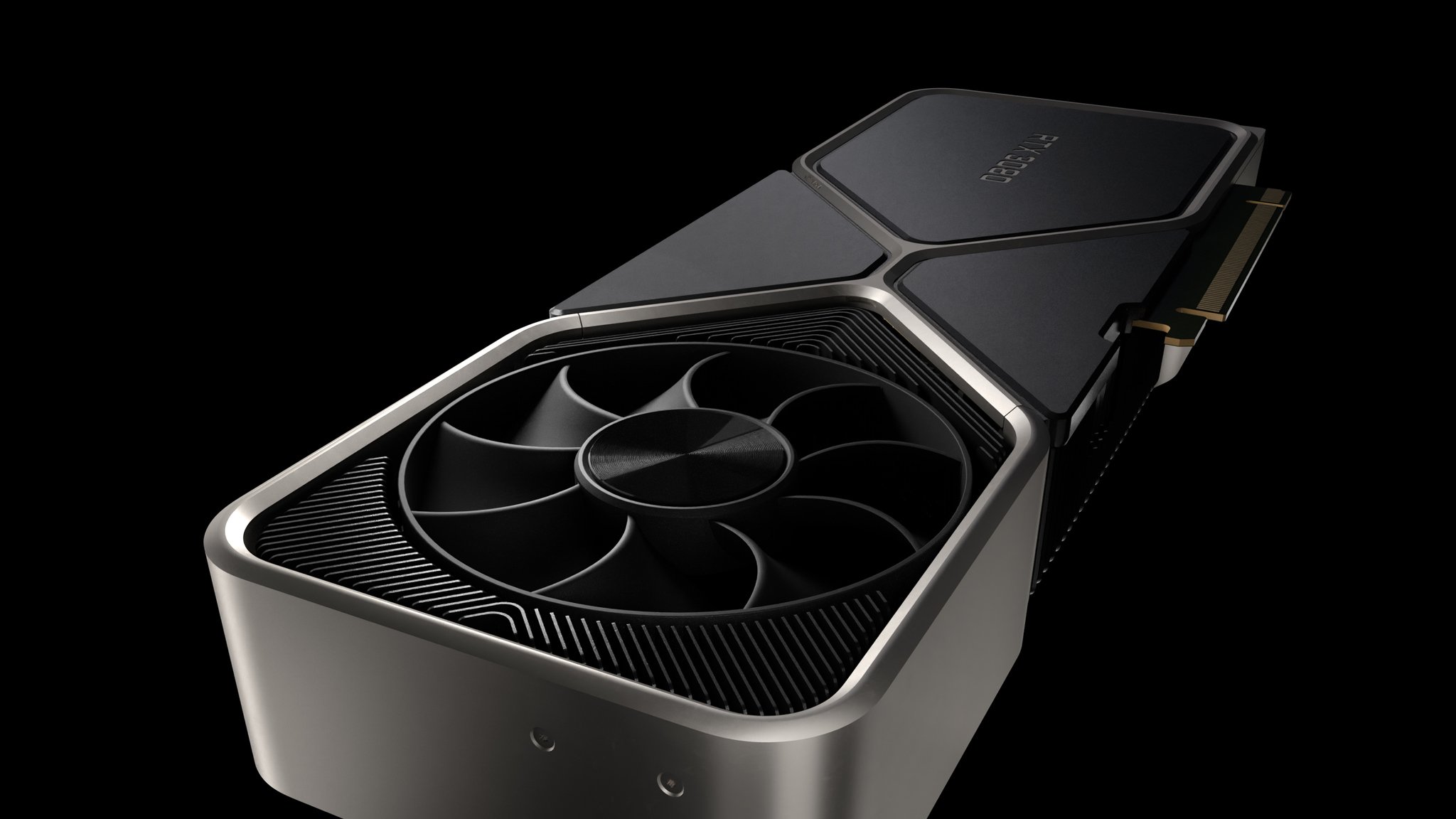
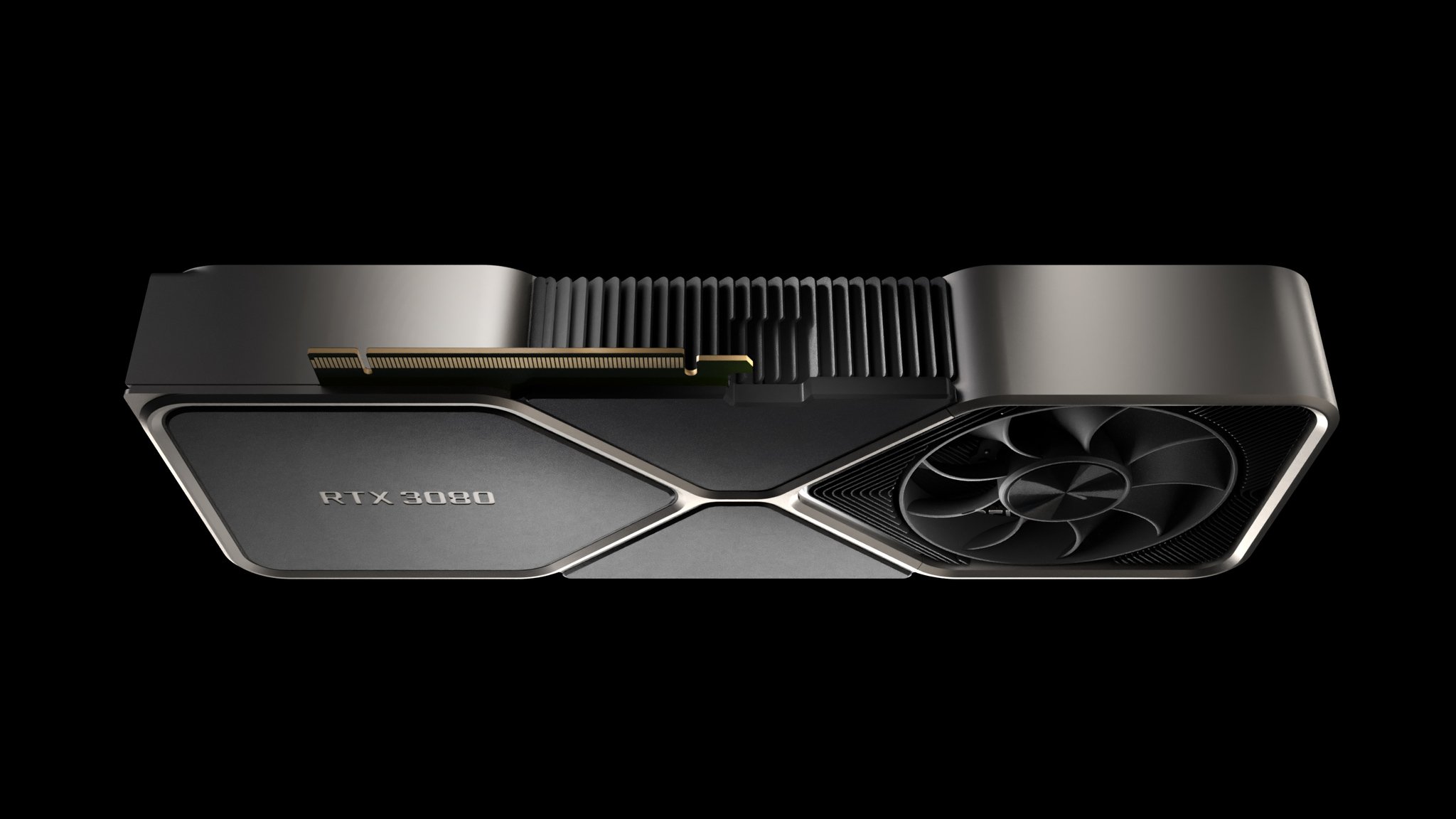
On the hardware side of things, the RTX 3080 has 4352 CUDA cores and 10GB of GDDR6X video memory over a 320-bit wide interface, along with HDMI 2.1 and DisplayPort 1.4.
NVIDIA RTX 3070: The ideal choice for 4K and 1440p
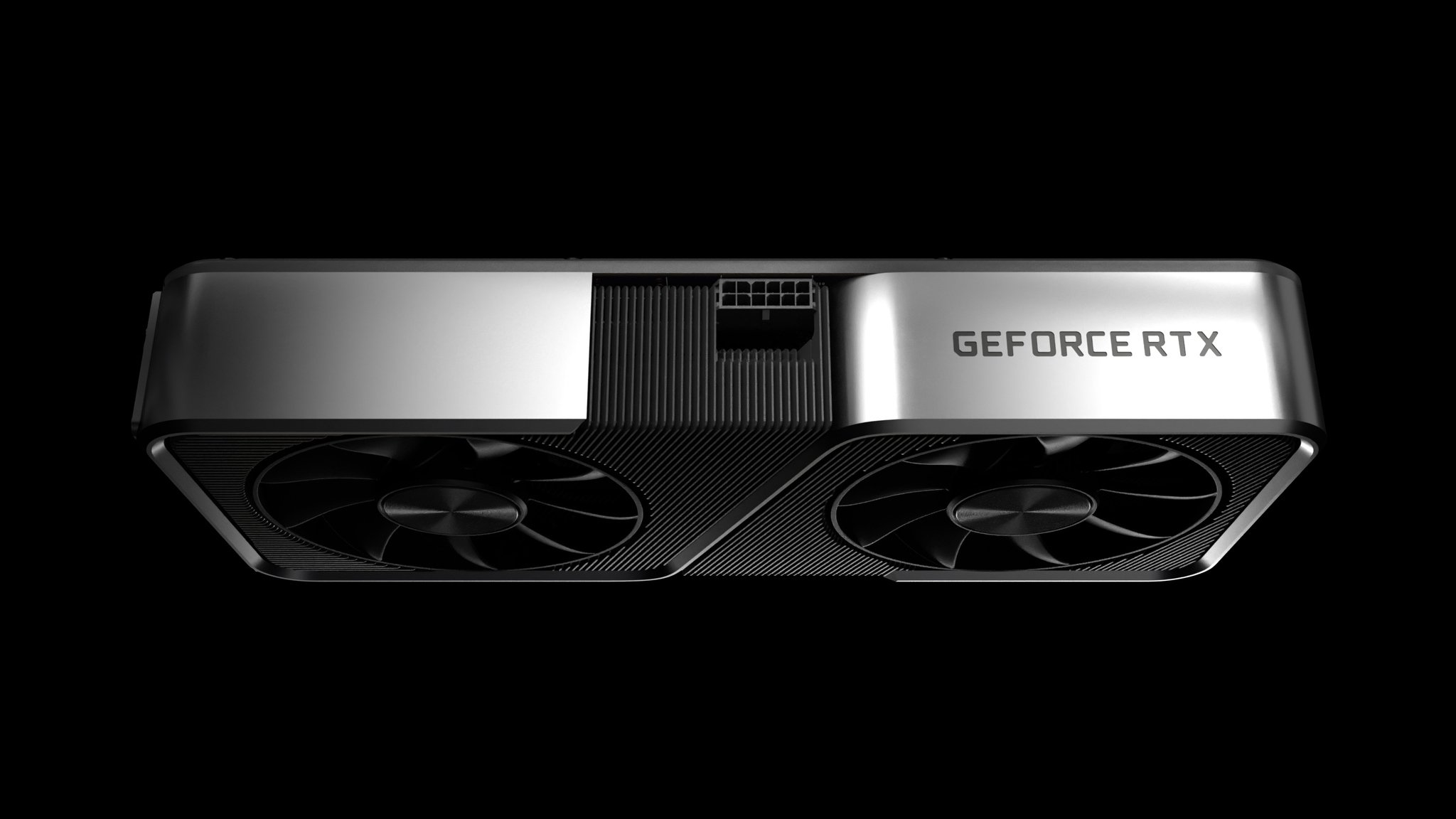
Starting at $499, the RTX 3070 is the value pick in the RTX 30 series, and NVIDIA notes that the card is faster than the RTX 2080 Ti and a massive 60% faster than the RTX 2070. You get most of the same features as the RTX 3080, but with 8GB of the older GDDR6 video memory.
NVIDIA RTX 3090, RTX 3080, RTX 3070: Pricing, deals, and availability

The RTX 3080 will be available starting September 17, with the RTX 3090 debuting on September 24. The RTX 3070 will be available sometime in October.
To incentivize the RTX 30 series, NVIDIA is bundling Watch Dogs: Legion with every purchase for a limited time, and giving away a one-year subscription to its GeForce Now cloud gaming service. Here's the breakdown of how much the RTX 3090, RTX 3080, and RTX 3070 cost:
- GeForce RTX 3090 Founder's Edition: $1,499 / ₹1,52,000 / £1,399
- GeForce RTX 3080 Founder's Edition: $699 / ₹71,000 / £649
- GeForce RTX 3070 Founder's Edition: $499 / ₹51,000 / £469
Aside from NVIDIA, you'll be able to pick up custom cards in the RTX 30 series — including factory overclocked versions— from a variety of partners, including ASUS, Colorful, EVGA, Gainward, Galaxy, Gigabyte, Innovision 3D, MSI, Palit, PNY, and Zotac in the coming weeks. Pre-built systems featuring the RTX 30 series will also be debuting in the coming weeks from CyberPower PC, Digital Storm, Falcon NW, IBUYPOWER, Maingear, Origin, NZXT, Puget, and others.
We will have a lot to talk about the RTX 30 series, so stay tuned. In the meantime, let us know your thoughts on NVIDIA's latest cards in the comments below. And, as always, be sure to have a look at our collection of the best graphics card picks for way more options.

Harish Jonnalagadda is a Senior Editor overseeing Asia for Android Central, Windows Central's sister site. When not reviewing phones, he's testing PC hardware, including video cards, motherboards, gaming accessories, and keyboards.
